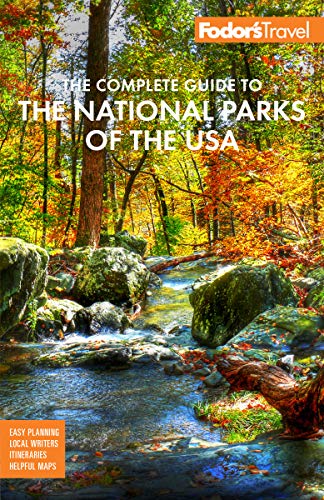Plants and Wildlife in Olympic
Along the high mountain slopes hardy cedar, fir, and hemlock trees stand tough on the rugged land; the lower montane forests are filled with thickets of silver firs; and valleys stream with Douglas firs and western hemlock. The park's famous temperate rain forests are on the peninsula's western side, marked by broad western red cedars, towering red spruces, and ferns festooned with strands of mosses and patchwork lichens. This lower landscape is also home to some of the Northwest's largest trees: massive cedar and Sitka spruce near Lake Quinault can measure more than 700 inches around, and Douglas firs near the Queets and Hoh rivers are nearly as wide.
These landscapes are home to a variety of wildlife, including many large mammals and 15 creatures found nowhere else in the world. Hikers often come across Roosevelt's elk, black-tailed deer, mountain goats, beavers, raccoons, skunks, opossums, and foxes; Douglas squirrels and flying squirrels populate the heights of the forest. Less common are black bears (most prevalent from May through August); wolves, bobcats, and cougar are rarely seen. Birdlife includes bald eagles, red-tailed hawks, osprey, and great horned owls. Rivers and lakes are filled with freshwater fish, while beaches hold crabs, sea stars, anemones, and other shelled creatures. Get out in a boat on the Pacific to spot seals, sea lions, and sea otters—and perhaps a pod of porpoises, orcas, or gray whales.
Beware of jellyfish around the shores—beached jellyfish can still sting. In the woods, check for ticks after every hike and after each shower. Biting nasties include black flies, horseflies, sand fleas, and the ever-present mosquitoes. Yellow-jacket nests populate tree hollows along many trails; signs throughout the Hoh Rain Forest warn hikers to move quickly through these sections. If one or two chase you, remain calm and keep walking; these are just "guards" making sure you're keeping away from the hive. Poison oak is common, so familiarize yourself with its appearance. Bug repellent, sunscreen, and long pants and sleeves will go a long way toward making your experience more comfortable.




